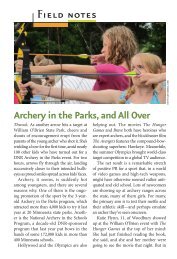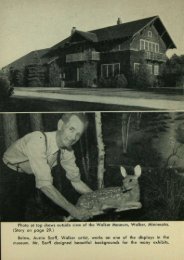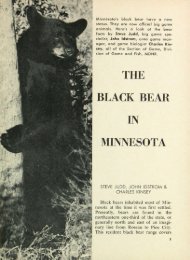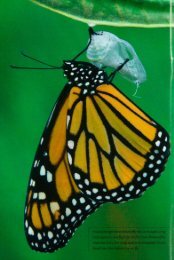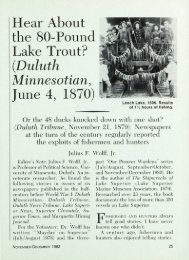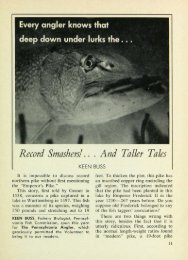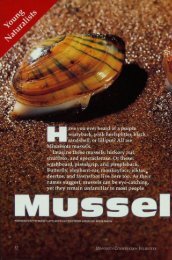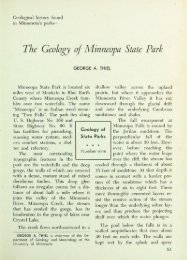306 Can This Wildflower Route Be Saved? - webapps8
306 Can This Wildflower Route Be Saved? - webapps8
306 Can This Wildflower Route Be Saved? - webapps8
- No tags were found...
Create successful ePaper yourself
Turn your PDF publications into a flip-book with our unique Google optimized e-Paper software.
| to the other lady's-slippers, but whatg is unique about them is their appear-§ ance," says DNR botanist WelbySmith, whose book Orchids of Minnesotais the definitive text on the topic."People like the really showy, gaudyorchids. When they see them, folksjust stop and gasp. Most people reactjust to the pure emotional appeal oftheir appearance."Minnesota's 42 native orchids arepart of one of the world's largestplant families, with 20,000 to 23,000species. Orchids probably grow inevery county in the state and inevery terrestrial habitat type, saysSmith. Yet he warns, "The orchidswe enjoy today may be gone tomorrow.About 75 percent of orchidhabitats statewide have disappeared,and losses continue."The showy lady's-slipper is sometimescalled the pink-and-whitelady's-slipper for its large, white lipmarked with pink or purple. Theplants are tall, sometimes growingto 3 feet. According to Smith, onelady's-slipper flower can produceclose to a million seeds. "They'revery tiny," he says. "They're justlike dust or finely ground peppergrains."Long-lived and slow to develop,showy lady's-slippers require 10 to15 years from seed germination toflowering in the wild. These orchidsgrow in shade or direct sunlight.They prefer organic or mineral soilsthat are weakly acidic or neutral andmoist but not wet.Smith describes a symbioticassociation between lady's-slippers





